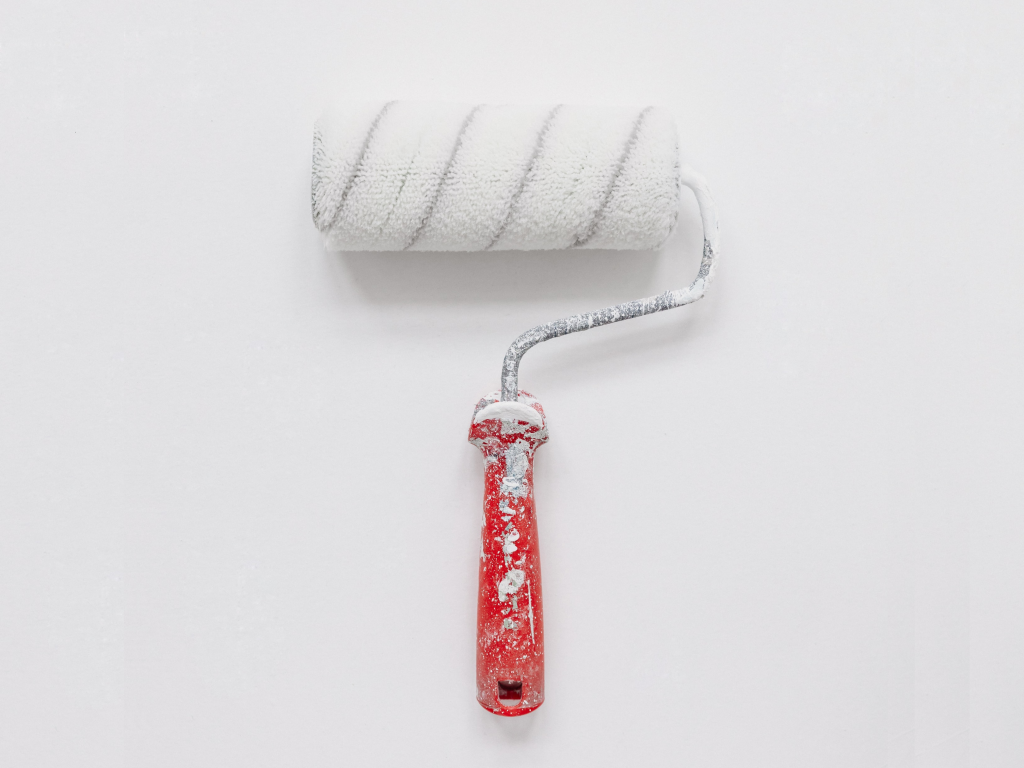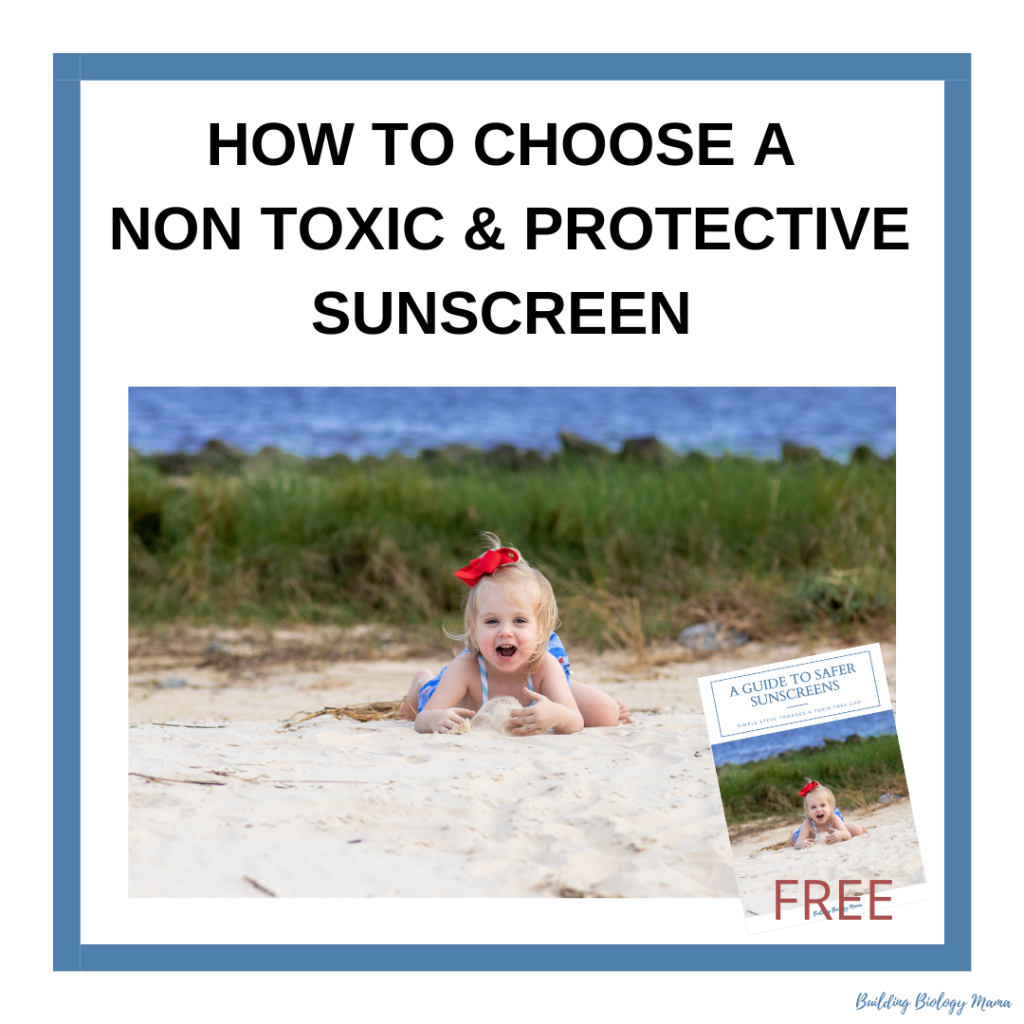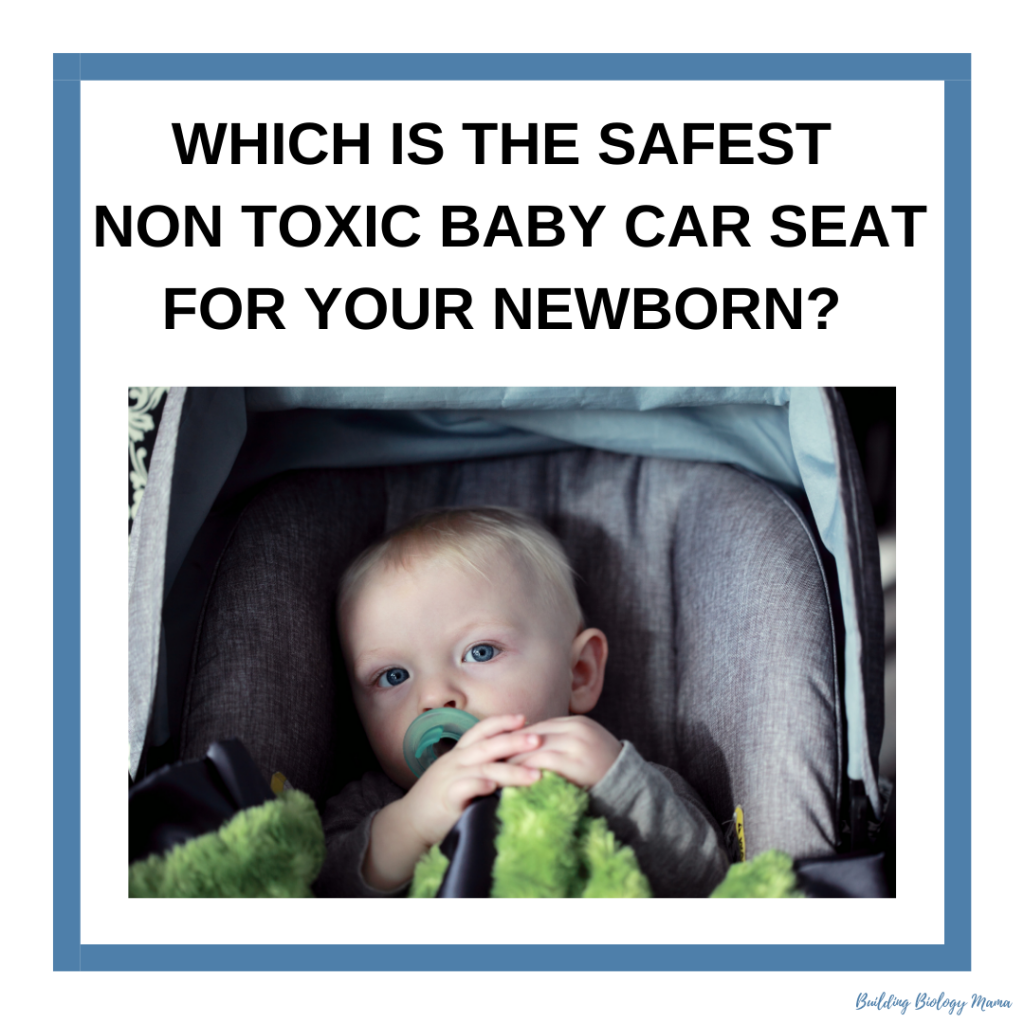One the first things people consider when designing and renovating a nursery for a new baby or getting their home ready for sale, is to give the walls a coat of paint.
A coat of paint can make a room feel fresh and new however in regards to air quality it has the potential to have the exact opposite effect. After all, paint ingredients contain a range of chemicals, some more problematic and harmful than others.
Paints of nearly all kinds contain solvents (some of these are known cancer causing carcinogens or endocrine disrupting chemicals) that release into the air, like benzene and toluene, chlorobenzenes, phthalates, heavy metals like antimony, cadmium, hexavalent chromium and mercury, and preservatives like formaldehyde.
With the growing awareness of sustainability, environmentally friendly products and toxic chemicals that can impact human health, marketing and paint formulations have been modifying with the times and using language such as odourless, non-toxic, no VOC, low-VOC, zero-VOC, green, mercury-free, eco-friendly but have they gotten healthier for human health?
Here are some of the considerations when selecting paint.

Antimicrobials and Biocides
Be wary of some antibacterial chemicals added to some paints that seek to inhibit the growth of bacteria and mould. I highly recommend researching the specific ingredients of what gives the product antimicrobial properties, especially if you have little ones, allergies or are chemically sensitive.
Lead
Thankfully in Australia, since 1997 the legally allowable percentage of lead in paint is 0.1%. I bring this up because even though you may think it isn’t an issue when buying paint, it must be considered when preparing a surface for painting. The reason being because one generally sands the surface in preparation for painting. If the paint being sanded contains lead, then this is problematic, especially when you consider that ALL public health agencies state that there is NO SAFE LEVEL of lead exposure and lead exposure has been linked to a whole host of adverse health effects including specific adverse outcomes for pregnant mothers, unborn babies, babies and children.
VOCs
One class of potentially harmful chemicals receiving a lot of attention specifically with paints are VOCs.
VOCs stands for Volatile Organic Compounds. They are carbon-based compounds that readily aerosol or evaporate at room temperature (you may hear people using the term off-gassing in reference to this). Besides negatively impacting the indoor air quality, VOCs can contribute to a long list of health issues. Some VOCs are commonly associated with headaches, dizziness, nausea and respiratory issues, while higher exposure levels can have more serious consequences, such as kidney damage and even cancer.
No Official Standards
In the United States of America, there are no official standards governing VOCs in non-industrial settings from my knowledge. However, the EPA’s guidelines recommend paints marketed as low VOC should contain fewer than 50g/L. Similarly, zero VOC refers to paint containing no more than 5g/L. So be sure to check with the paint manufacturer what level of VOCs are present rather than going by any marketing claim.
In Australia and New Zealand, there are VOC limits under the Australian Paint Approval Scheme (APAS). APAS are a registered trademark owned by the CSIRO. APAS stipulates the maximum allowable VOC level in paint, alongside defining that low VOC paint contains 5-49 g/L and very low VOC paint contains <5g/L of VOCs.
Pigments and Colours Change the Game
VOC claims may be made prior to the addition of pigment or colour. Adding pigment to the base can change the VOC concentration. Generally, the darker the pigment or tint the greater the VOCs.
Safer Paint
Fortunately, there are many paint manufacturers who are dedicated to manufacturing safer paints. From a VOC perspective, natural and water-based paints are safer and more environmentally friendly than petroleum derived oil-based paints with synthetic binders. Oil based paints also known as enamel paints, tend to be high gloss and contains 35-50% VOCs. Water based paints contains about 6% VOCs.
However, VOCs aside, water-based paints still contain petrochemicals.
Natural Paints
Natural paints may be made from clay, casein, chalk or oils like linseed. If you are chemically sensitive, pregnant, have young children or want to access the healthiest paint for both you and the environment, then consider a clay-based paint such as the range provided by BioProducts, Bauwerk or Volvox.
I still recommend obtaining a full list of ingredients and checking the products Material and Safety Data Sheet, even if selecting a natural paint, because even though natural paints are, as the name suggests, natural in nature it may not necessarily have no VOCs. For example, if it contains natural citrus based solvents it may still contain VOCs which may be problematic for some chemically sensitive people.
Conclusion
Clever marketing touting buzz words may cause some confusion in paint selection but at the end of the day, there are many ‘safer’ paint choices today then there were decades ago. Whether you select a non-VOC natural paint or a water-based low-VOC or no-VOC paint, you are making a ‘safer’ choice for you, your family and the environment. I highly recommend obtaining a product’s Material and Safety Data Sheet to assist you in making an informed choice.
XxTammy
Are you considering renovations or repainting and are not sure if your home has any lead issues? Feel free to get in touch for a Simple or Comprehensive Lead Assessment of your home.
P.S To see products I use and recommend go to my Faves Wellness Resources page or to view services I recommend, go to my Faves Wellness Providers page for a list of businesses.



